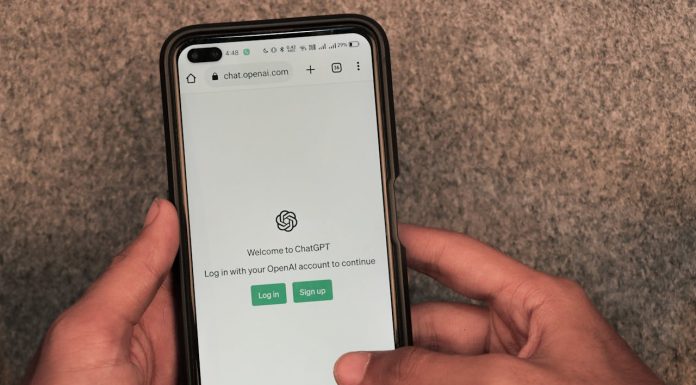A history of adverse credit makes borrowing money far more difficult because filing chapter 7 shows on a credit report for the next 10 years. However, scores don’t stand still so it is possible to improve post bankruptcy credit scores, fix bad credit ratings and qualify for loans, credit cards and mortgages more quickly than might be anticipated. Whilst bankruptcy credit repair won’t happen overnight and finance will be more expensive, getting credit after bankruptcy isn’t actually that difficult.
Fix Bad Credit By Eliminating Credit Report Errors
The information held by Experian, Equifax and TransUnion isn’t necessarily as accurate as might be anticipated. It is important that discharged bankrupts check their post bankruptcy credit in case agreements that have already been eliminated continue to show as active. The Fair Credit Reporting Act gives consumers – or an appointed credit repair attorney – the opportunity to correct these issues. Supporting information that shows that the debts were included in the bankruptcy must be provided so that any corrections can be performed as expediently as possible.
Improve Post Bankruptcy Credit Ratings By Reaffirming Credit
Under the 2005 bankruptcy laws, it is necessary to reaffirm any secured debts – such as a mortgage or car loan – in order to avoid their eventual repossession and sale. This not only allows consumers to keep their possessions, installment debt provides an opportunity to fix bad credit. Lenders report punctual repayments to credit reference agencies at month end so making a series of punctual car, mortgage and student loan repayments will lead to a slightly better credit score with each passing month. Fail to comply and the bad credit repair process and it will need to start from scratch.
Get a Credit Card After Bankruptcy to Rebuild Credit
It isn’t only necessary to have a source of installment debt to improve post bankruptcy credit, a source of revolving debt – a post bankruptcy credit card – is also needed to fix bad credit more quickly. Although there are a number of unsecured cards, the credit limit is normally very low. This can present an issue when rebuilding bad credit because it is necessary to avoid using more than 30% of the allocated credit limit in any given month. For this reason, a secured credit card is the preferred option because the provision of collateral means that customers are offered a higher credit limit.
A Higher Credit Score Rating After Bankruptcy
Getting credit after bankruptcy is already possible, but the rate of APR will be extremely high due to the risk of default. Cleaning up a post bankruptcy credit report involves correcting errors and removing erroneous data. It is also necessary to make a series of timely repayments in relation to both installment and revolving debt. In order to get a better credit score, never miss or make late payment. Also, try to avoid using more than 10% of the allocated credit limit of a card in a single month. If these guidelines are adhered to, it may be possible to get a mortgage after bankruptcy in less than 3 years.
Chapter 7 Bankruptcy – Pros & Cons
An increasing number of consumers with serious money problems are filing for bankruptcy to write-off debt. It is important to consider the pros and cons of filing for chapter 7 bankruptcy before proceeding with this debt solution. Whilst personal insolvency alleviates financial pressure, it can also have a negative ramification for credit scores.
Advantages of Chapter 7 Bankruptcy
- Write-off debt. Chapter 7 bankruptcy allows people to write-off debt and resolve money problems. There is no minimum level of debt before this debt solution can be used.
- Speed. The insolvency process only takes in the region of 3 to 6 months.
- Exempt property. Filing for bankruptcy doesn’t cause the loss of personal pensions, household appliances, vehicles (up to a certain value) and the tools of the trade necessary for business.
- Adverse credit lenders. Whilst borrowing money is more difficult due to having a poor credit score, there are several adverse credit lenders that may be prepared to offer mortgages and credit cards once a few years have subsequently elapsed.
- Prevents foreclosure. Whilst there is only a provisional hold-up on foreclosure, this provides a homeowner with time to get back on their feet and come up with a viable repayment plan.
Disadvantages of Chapter 7 Bankruptcy
- Credit score. Filing for bankruptcy will seriously affect personal credit scores for the next 7 to 10 years. Whilst this will improve with each passing years, it will be difficult to borrow money for new credit cards or mortgage refinancing.
- Non-exempt property. Certain items cannot be excluded, such as a valuable collection, stocks or a second home or car.
- Means test. Individuals applying for chapter 7 bankruptcy will need to pass a ‘means test’ based on the median income for that state. However, Best Case Solutions produced research showing that 85 per cent of individuals opting for chapter 7 have an income below the median level.
- Limitations. Filing for bankruptcy is only permitted once in every six years.
- Certain loans. It is not possible to write-off debt from car or student loans, although it can prevent aggressive collection activity from lenders.
- Alimony, child support and taxes. Insolvency doesn’t protect someone from money problems caused by alimony, child support or unpaid taxes.
- Mortgage lien. Chapter 7 bankruptcy doesn’t remove a mortgage lien.
- Co-signers. Individuals that have co-signed for a low will not enjoy the same protection as those filing for bankruptcy unless they also go down the same route.
- Court decision. A court could decide that an alternative debt solution, such as chapter 13 bankruptcy or a Debt Management Plan is more appropriate. This is likely to happen if the debtor has a reasonable disposable income or assets.
Provided that someone has minimal non-exempt assets and an income below the median level for the state they live in, chapter 7 bankruptcy is a viable option. Whilst filing for bankruptcy does affect someone’s credit score for 7 to 10 years, it is likely that their score is already bad as a result of missed or late payments on existing credit agreements.




